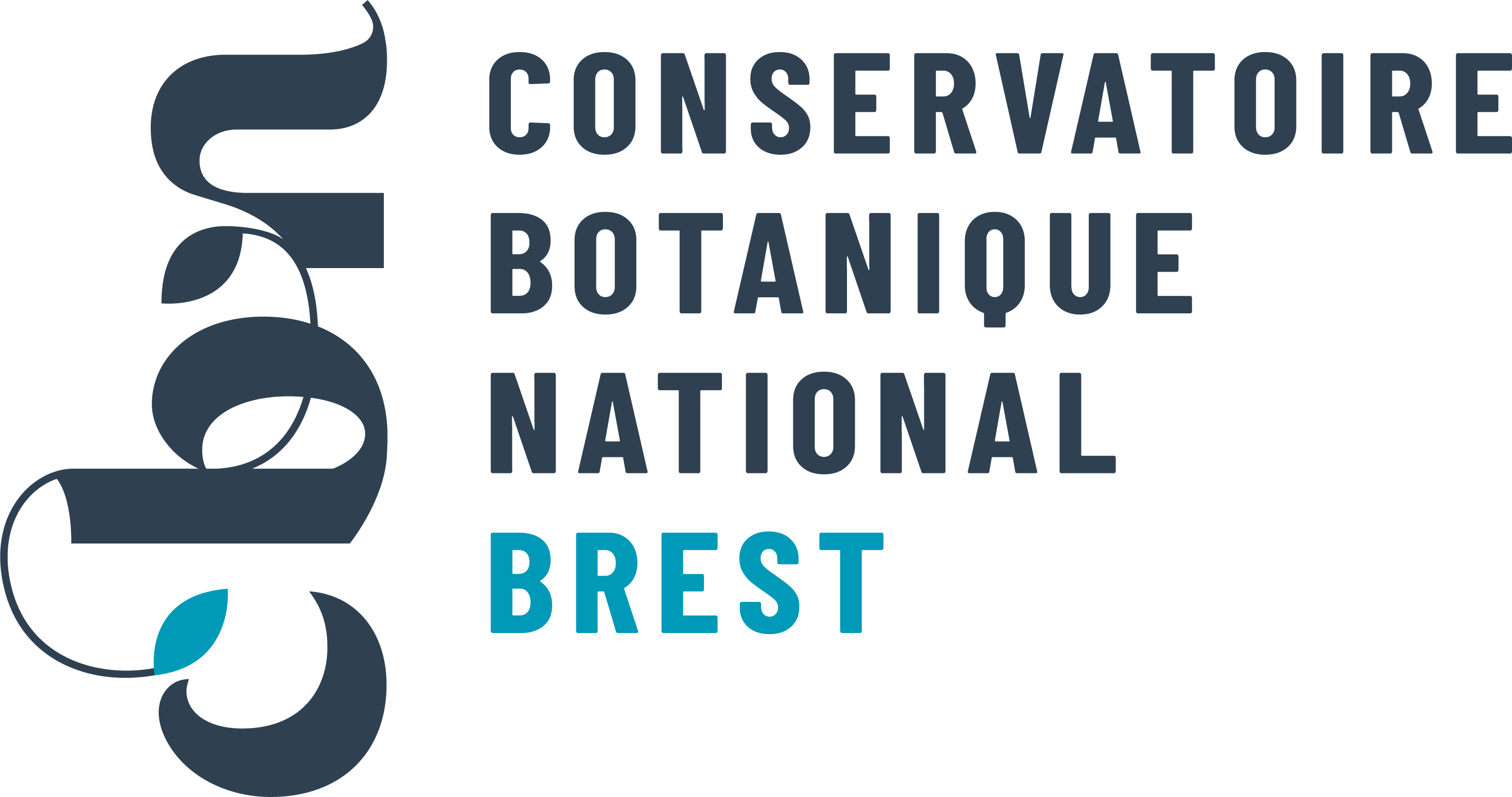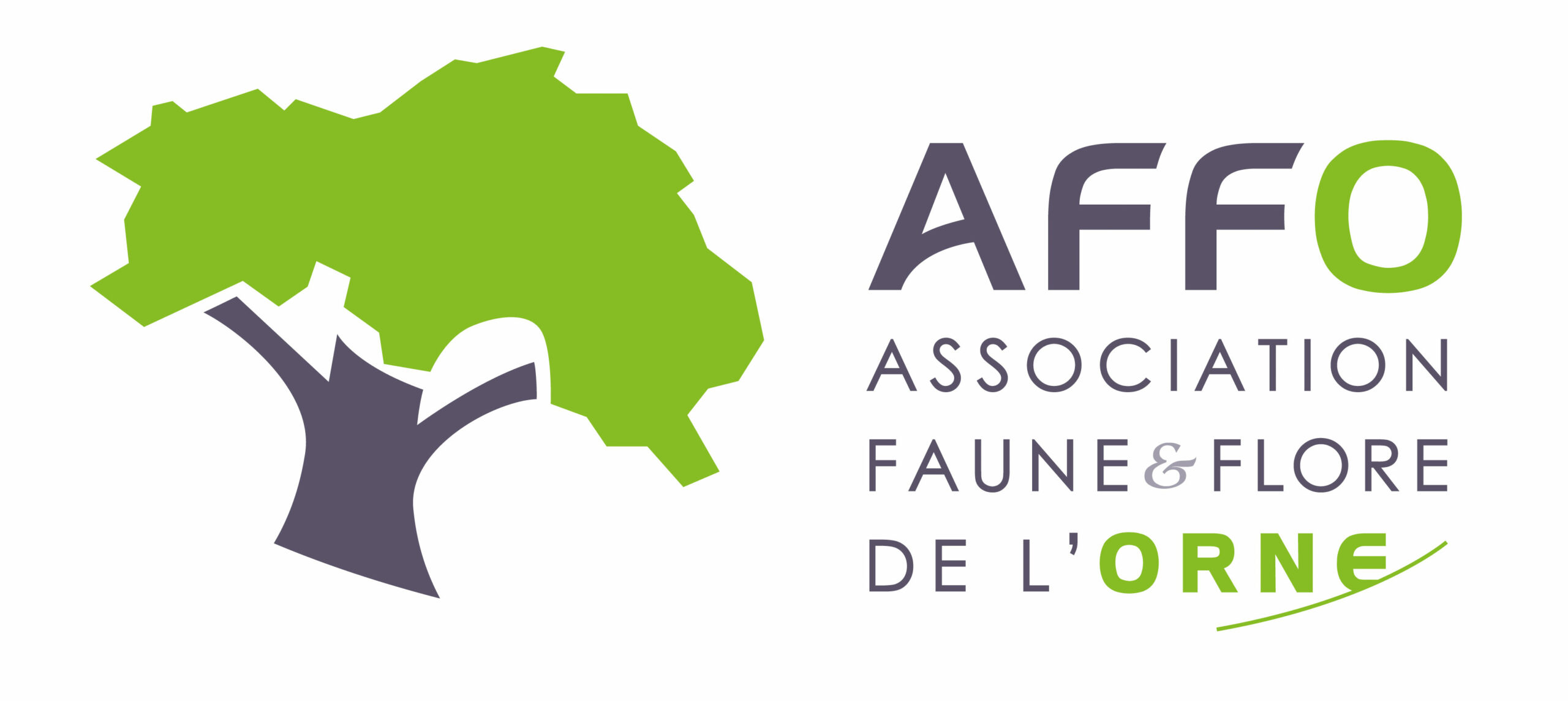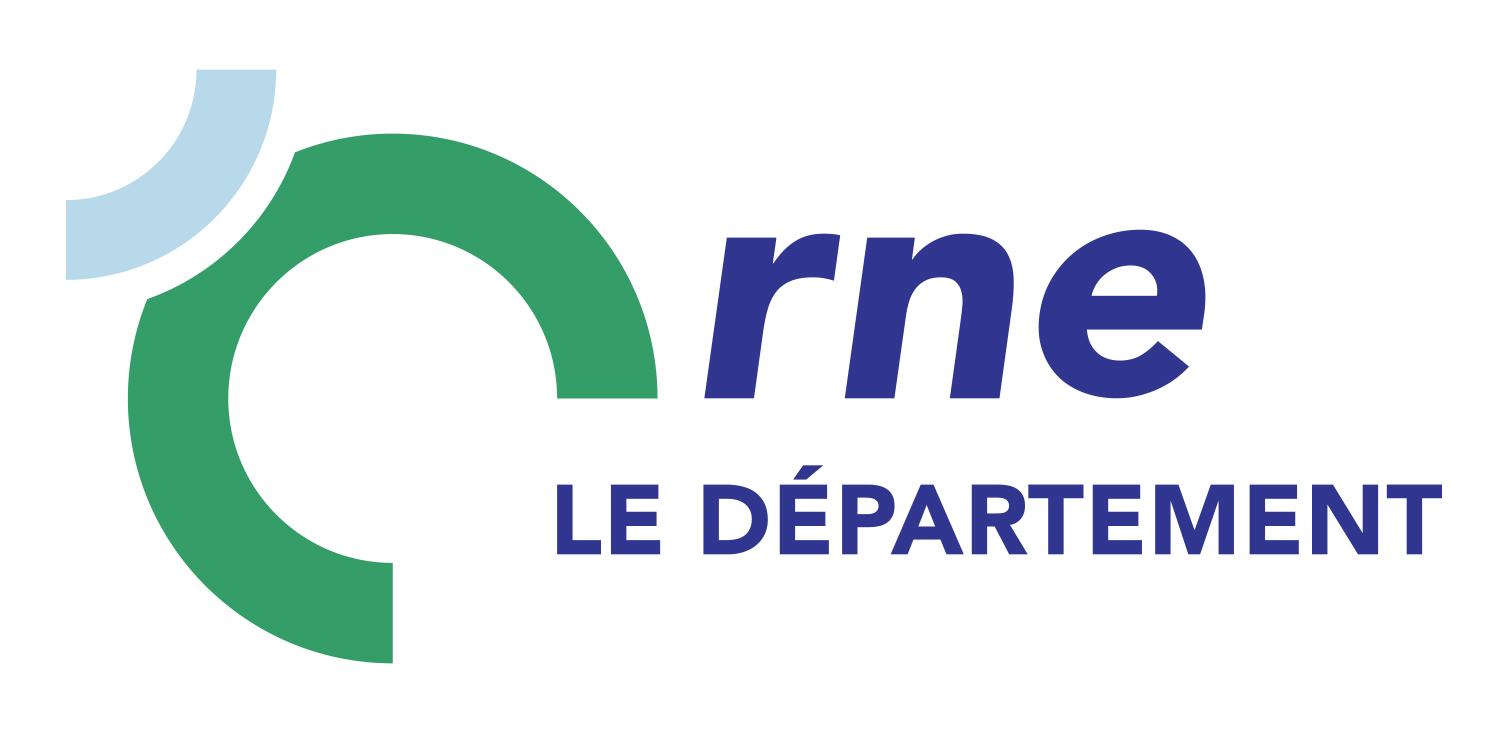Laîche aiguë
Carex acuta L., 1753

Où cette espèce a-t-elle été observée ?
 Attention : cette espèce peut être présente où il n’y a pas de maille, mais à ce jour elle n’y a pas encore été observée.
Attention : cette espèce peut être présente où il n’y a pas de maille, mais à ce jour elle n’y a pas encore été observée.
- 34 observations
-
23
communes -
16
observateurs
10
organismes -
Première observation
1934 -
Dernière observation
2025
Arcisses - Argenvilliers - Bazoches-sur-Hoëne - Beaulieu - Bonsmoulins - Charbonnières - Charencey - Chemilli - Feings - Fontaine-Simon - La Chapelle-Montligeon - La Ferté-Vidame - La Puisaye - Le Mage - Longny les Villages - Montireau - Moutiers-au-Perche - Rémalard en Perche - Saint-Aquilin-de-Corbion - Saintigny - Saint-Ouen-de-Sécherouvre - Saint-Victor-de-Buthon - Soligny-la-Trappe
-
Conservatoire Botanique National de Brest (CBNB)
Participation à 12 Observations
Part d'aide à la prospection : 35.29 %
Fiche organisme
-
Association Faune & Flore de l'Orne (AFFO)
Participation à 11 Observations
Part d'aide à la prospection : 32.35 %
Fiche organisme
-
Conservatoire botanique national du Bassin parisien (CBNBP)
Participation à 10 Observations
Part d'aide à la prospection : 29.41 %
Fiche organisme
-
PNR et géoparc mondial UNESCO Normandie-Maine
Participation à 10 Observations
Part d'aide à la prospection : 29.41 %
Fiche organisme
-
UMS PatriNat (OFB-CNRS-MNHN)
Participation à 4 Observations
Part d'aide à la prospection : 11.76 %
Fiche organisme
-
Institut floristique franco-belge (IFFB)
Participation à 4 Observations
Part d'aide à la prospection : 11.76 %
Fiche organisme
-
Ministère de la Transition écologique et de la Cohésion des territoires
Participation à 3 Observations
Part d'aide à la prospection : 8.82 %
Fiche organisme
-
Conseil départemental de l'Orne (bureau ENS)
Participation à 2 Observations
Part d'aide à la prospection : 5.88 %
Fiche organisme
-
Conservatoire Botanique National de Bailleul (CBN de Bailleul)
Participation à 1 Observation
Part d'aide à la prospection : 2.94 %
Fiche organisme
Informations espèce
D5.212 : Cariçaies à Laîche des rives et communautés apparentées
E3.47 : Northern boreal alluvial meadows
E3.514 : Boreal purple moorgrass meadows
Répartition actuelle en France métropolitaine
© INPN - Avertissement : les données visualisables reflètent l'état d'avancement des connaissances et/ou la disponibilité des données existantes au niveau national : elles ne peuvent en aucun cas être considérées comme exhaustives.
Répartition actuelle dans le monde
Avertissement : les données visualisables reflètent l'état d'avancement des connaissances et/ou la disponibilité des données existantes au niveau mondial : elles ne peuvent en aucun cas être considérées comme exhaustives.













